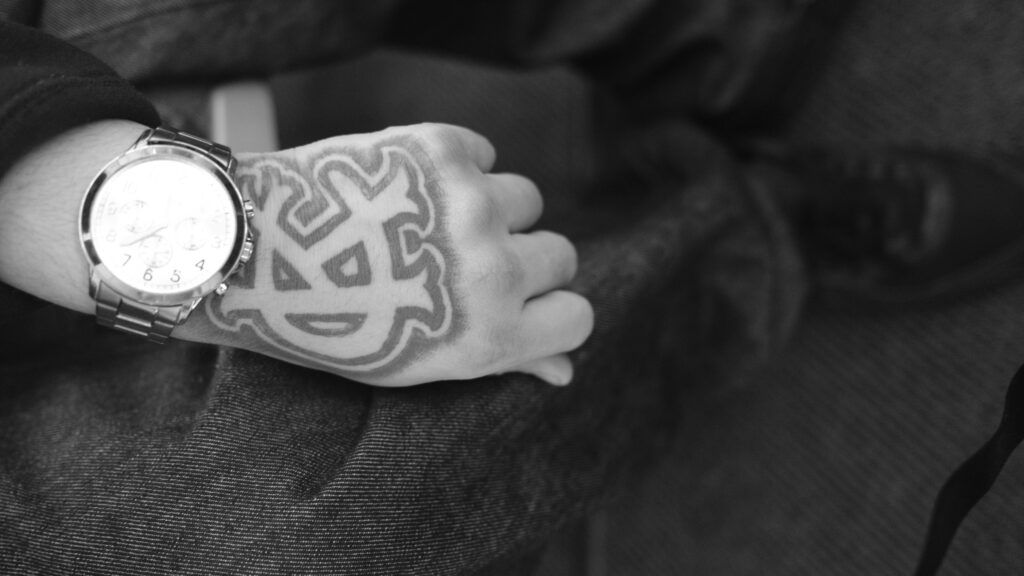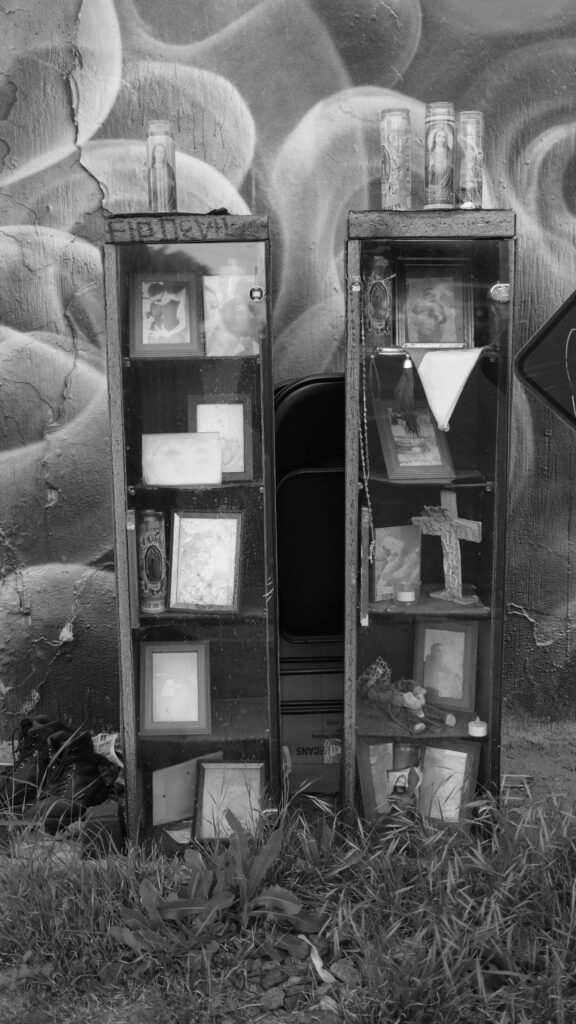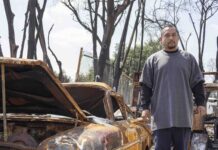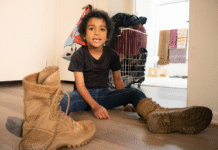L.A. youth find camaraderie and pain in gangs
Rascal was 13 years old when he started to get involved in a gang in the San Fernando Valley. It was the height of the COVID-19 pandemic, and he didn’t have much to do, or many people to rely on.
“My motivation for joining was having someone to always have my back, and I always have someone’s back,” he said. “At home, things weren’t always stable. People fought. Emotions ran high. I felt like I was always walking on eggshells. But in the streets, I felt seen and that I had a voice and value.”
Rascal sought support in the gang. He got it. But beneath the camaraderie came loss.
For Rascal, the loss was his brother, who died in a shooting at age 16.
“He was my ride or die, my shadow, my hype man and my protector all rolled into one,” Rascal said. “He had a fire in him that I respected.”
Now an ex-gang member, Rascal keeps his brother’s memory with him. He looks back at the time they’d spend together, and dearly remembers the backyard barbecues.
“For those few hours, it felt like we were just a regular family,” Rascal said. “No gang politics. No beef. Just love, laughter and peace. Looking back, those moments might’ve meant even more than I realized at the time.”
Rascal said his time in a gang was not worth it. He cautions other young people to understand that, too.
“I found a version of family in the streets,” Rascal said. “But it came with conditions. With danger. With loss. And now, I’m searching for something different. Something healthier. Something real. A kind of love that builds me up instead of breaking me down.”






